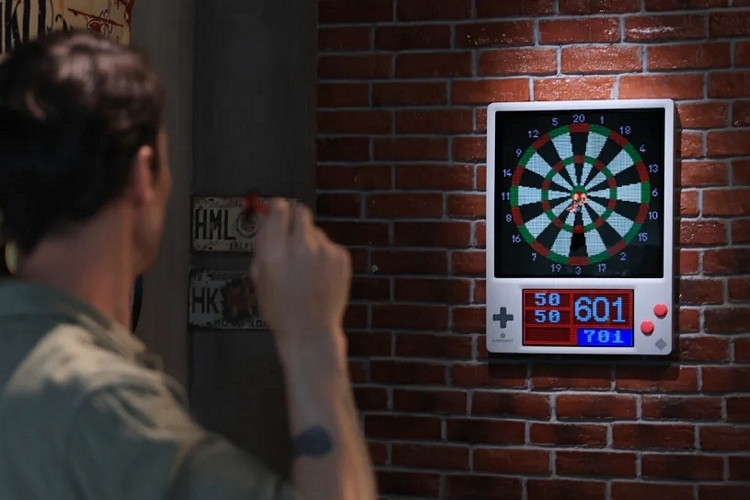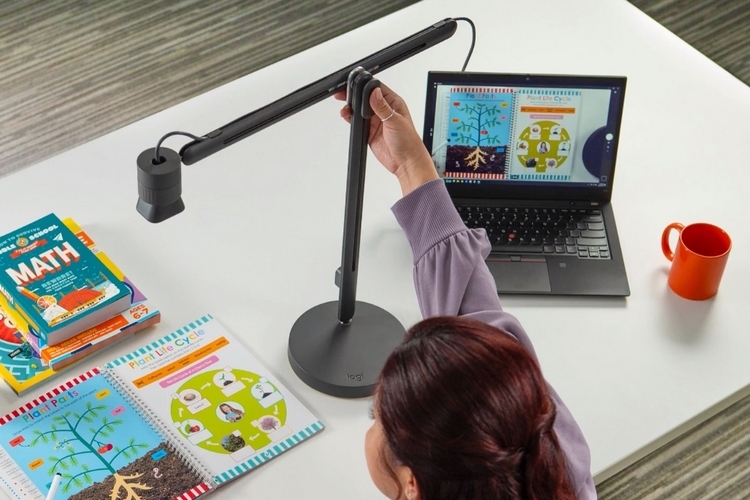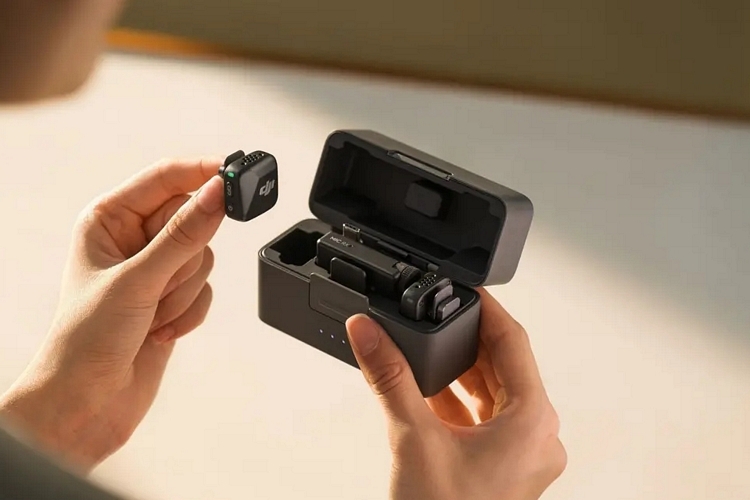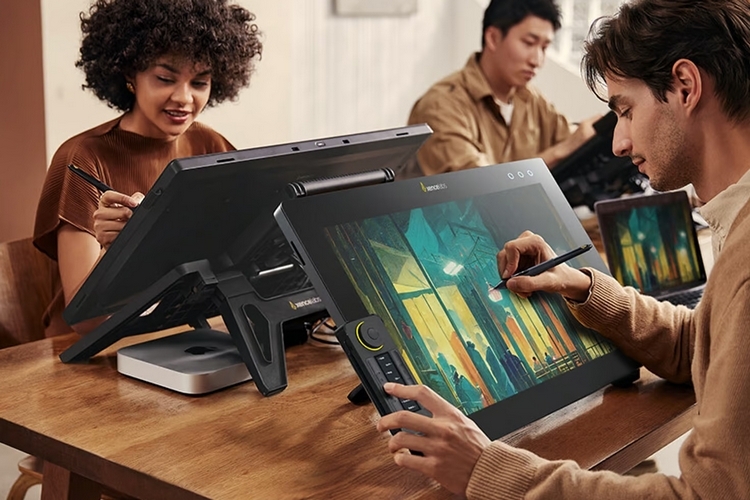![]()
Despite coming out over two years ago, DJI’s sixth-gen smartphone gimbal actually still feels on par with what’s currently in the market. However, it does fall behind some newer models on one particular feature, namely native app tracking on Android and iOS smartphones (a feature now available on the Insta360 Flow 2, for instance). Given how significant of a function that might be for some users, it’s no surprise they’re making it part of the new DJI Osmo Mobile 7P.
What does native app tracking means? Basically, it allows the gimbal to easily track subjects without the need to use the DJI Mimo app, allowing you to run whatever apps you want in its place instead. This means, you can use the gimbal with your favorite video recording apps, livestreaming apps, and whatever else, allowing you to fully take advantage of each app’s set of features.
![]()
The DJI Osmo Mobile 7P gains that new native tracking function via a Multifunctional Module that can be attached magnetically to the gimbal’s clip mount. That module comes with its own tracking camera and LED lighting (both of which need to be facing the subject being filmed), while also serving as a place to plug in a DJI Mic Mini, in case you’re using one. You can start and stop the module’s intelligent tracking, along with other features (e.g. adjust the subject’s framing), using simple hand gestures.
Of course, it still retains all the functionality when used with the DJI Mimo app, specifically the outfit’s ActiveTrack 7.0, which enables intelligent subject tracking even in crowded environments. It also allows the gimbal to detect multiple subjects, then lock onto any one of them based on user input, then maintain its focus on the subject even when they are temporarily obscured in the frame. Granted, we have a feeling most people will stick with the Multifunctional Module for tracking, but it’s still nice to have the original functionality onboard.
![]()
The DJI Osmo Mobile 7P uses a three-axis motorized gimbal that’s connected to a magnetic clip mount that’s sized to fit most smartphones currently in the market. Like the previous generation, it has a folding design that allows the whole thing to collapse for easily slipping into a pocket, as well as an extension rod that stretches the whole thing to 8.5 inches in length, a built-in tripod for using it to shoot hands-free footage, and a tripod hole at the bottom. It has a larger 12Wh battery than the last generation, with a rating of around 10 hours of filming when using DJI Mimo app. With the Multifunction Module, though, that runtime is cut down to five hours, even going down to four hours if you activate both native tracking and the LED light.
![]()
If you don’t need the native app tracking, you can also opt for the DJI Osmo Mobile 7 (without the P). This is, basically, a similar model without the Multifunction Module, the slide wheel control, and the extension rod at a more affordable price.
The DJI Osmo Mobile 7P is available now.



